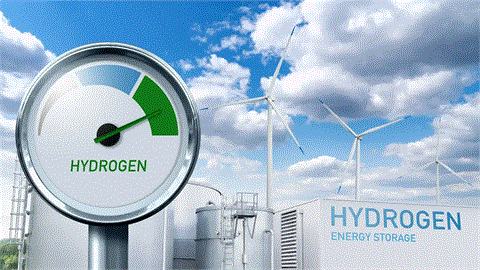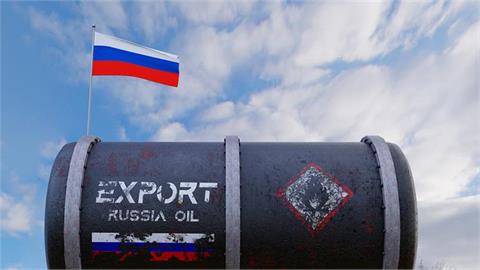The latest European Commission’s (EC’s) renewable energy progress report, published every two years, says the EU is on track to meet its 2020 targets, thus signaling the widespread acceptance of renewable energy.
Furthermore, a total of 25 member states are set to achieve their 2013/2014 national targets, with Bulgaria, Estonia, Lithuania and Sweden having already reached their 2020 targets. Overall, 19 member states are expected to exceed their targets, some "considerably," including Austria, Estonia, Denmark, Germany, Italy, Lithuania, Romania and Sweden.

Expected RES deployment in Member States and 2020 RES targets
While positive, there are other member states, including France, Luxembourg, Malta, the Netherlands and the U.K., which need to "assess whether their policies and tools are sufficient and effective in meeting their renewable energy objectives," says the EC.
Specifically, cooperation with other member states is essential, as is addressing the issue of non-cost barriers. Spatial planning, administrative and authorisation procedures for project developers are also key factors affecting investment.
Solar charging ahead
At 7.77 million tons of oil equivalent (Mtoe), solar PV, at the technology level, has already exceeded both its 2014 and 2020 deployment targets of 3.9 and 7 Mtoe, respectively. Based on current estimates, PV is expected to reach between 10.1 and 10.4 Mtoe by 2020 (1 Mtoe is equivalent to 11,630000 MWh). Overall, the EU aims to deploy 242.1 Mtoe of renewable energy by 2020. See table below for more solar details.
|
Technology |
2014 projected deployment |
NREAP target 2014 |
Projected 2020 deployment |
2020 target |
|
PV |
7.7 |
3.9 |
10.1 – 10.4 |
7 |
|
CPV |
0.3 |
0.7 |
0.3 – 0.4 |
1.6 |
|
Solar thermal |
2.2 |
2.6 |
3.7 |
6.4 |
In 2013, solar accounted for 10% of all renewable electricity generation. In the same year, the electricity generated from PV surpassed solid biomass to become the third most important renewable contributor to electricity production, behind hydropower and wind, respectively. At 823 TWh, renewables accounted for 10% in the electricity sector in 2013.
"Thanks to the strong deployment of photovoltaics in several Member States, renewable electricity in 2013 was nearly at the level of the NREAP [National Renewable Energy Action Plan] trajectory," write the EC report authors.
Regarding the heating and cooling sector, solid biomass accounts for the lion’s share of renewable deployment. Solar thermal heat production, meanwhile, is below the NREAP trajectory. Germany, Austria and Greece are the EU's top three producers of solar thermal heat.
Fossil fuel reduction
Based on the level of renewable energy deployment in the EU, a demand reduction of 116 Mtoe was seen in 2013 for fossil fuels. Meanwhile, renewables helped to avoid 388 Mt of CO2 emissions. At 75%, the highest levels were seen in the electricity sector, while the lowest emission savings were achieved in transport sector (9%).
"The report shows once again that Europe is good at renewables, and that renewables are good for Europe. We have 3 times more renewable power per capita in Europe than anywhere else in the rest of the world. We have more than 1 million people working in the renewable energy sector worth over 130bn euros a year. We export 35 billion euros worth of renewables every year," comments Miguel Arias Cañete, Commissioner for Climate Action and Energy.

EU renewable electricity generation in 1990-2013
Under the 2020 targets adopted in 2009, the legally binding goal of reaching a 20% share of renewable energy in overall EU energy consumption by 2020 has been set. Every Member State has individual targets; while in transport all Member States have to reach a 10% share of renewable energy.



